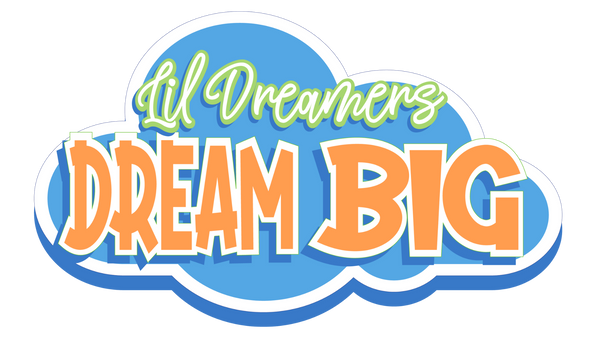How to Promote Literacy at an Early Age
Introduction: In the early years of a child's life, developing literacy skills is more than learning to read and write; it's about nurturing an ability to communicate effectively and think critically. For preschool teachers and childcare providers, integrating a strong literacy curriculum while still being fun is essential for laying the foundational stones of lifelong learning. Let's explore how early literacy development can be fun and effectively supported through thoughtfully designed preschool activities and curriculum.
The Importance of Early Literacy: Early literacy development is crucial in preschool education. It goes beyond the basics of reading and prepares children for a successful academic and personal life. Literacy enriches a child's vocabulary, aids in understanding the functions of print, and fosters an environment where language and communication are prioritized.
Role of Curriculum in Literacy Development: A well-structured preschool curriculum is vital in promoting literacy. It ensures that educational content is delivered systematically and is age-appropriate, which is crucial for keeping young learners engaged. Curriculum kits that incorporate a variety of materials and activities can cater to diverse learning styles and needs, thus enhancing the educational experience.
Key Strategies to Promote Literacy:
-
Interactive Storytelling: Engage children with captivating storytelling sessions that go beyond reading. Use props, enact parts of the story, and encourage children to predict endings. This not only makes the session interactive but also enhances comprehension skills.
-
Phonics and Phonemic Awareness: Introduce phonics activities early on to help children understand that letters represent sounds, and those sounds form words. Simple games like 'sound matching' or 'letter hunts' can be both fun and educational.
-
Literacy-Rich Environments: Create a classroom that is rich in print and reading materials. Labeling objects, having an accessible book corner, and displaying children's work can create an environment that naturally promotes literacy.
-
Writing Opportunities: Provide various opportunities for children to practice writing, from scribbling in a sandbox to forming letters with dough. These activities help develop fine motor skills and understanding of the written language.
-
Parental Involvement: Encourage parents to participate in their child’s literacy development through take-home materials and tips for reading at home. Communication with parents can be facilitated through teacher resources or newsletters that highlight the importance of reinforcing literacy at home.
-
Making Literacy Fun: Keeping literacy activities fun is key to sustaining children's interest and fostering a lifelong love for reading and learning. Integrate games, songs, and technology that support literacy skills in a fun, engaging way. For example, organize a 'reading treasure hunt' where children follow clues written on cards to find a hidden book. Incorporating themes from popular children’s stories into other curriculum areas can also make literacy more engaging. By making these activities playful and enjoyable, children are more likely to participate enthusiastically and develop positive attitudes towards reading and writing.
Conclusion: Promoting literacy at an early age is not just about teaching children to read; it's about opening a door to a world of opportunity. A robust preschool curriculum is crucial in this process as it provides the structure and resources needed for effective learning. By fostering an environment that values literacy, we equip our children with the tools necessary for their future success in school and beyond.
Additional Resources: For more tips on enhancing preschool literacy and finding the right curriculum and preschool activities, visit our home page to find out how Lil Dreamers Dream Big can meet all of your classroom needs!
